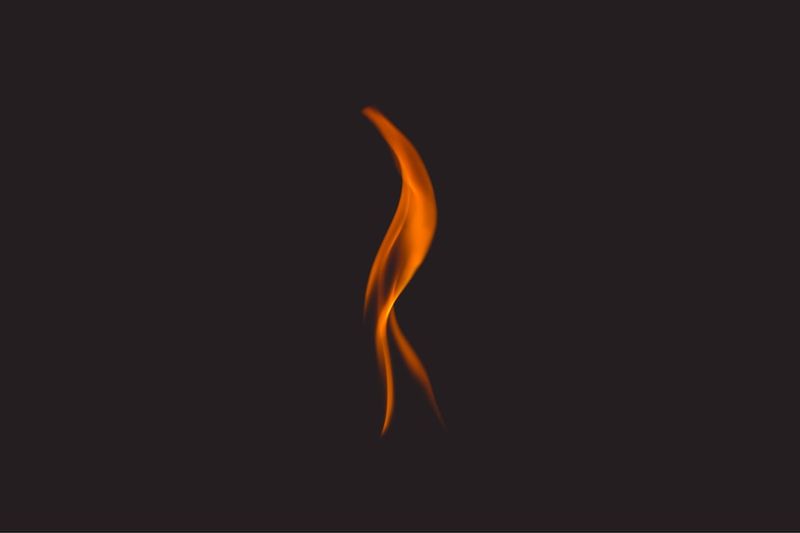2023 Wildfire Map: Fires Burning in California and Air Quality Conditions
As the 2023 wildfire season rages on in California, residents and authorities continue to grapple with the increasing frequency, size, and destructiveness of these blazes. Just as the fires themselves evolve and spread, so too must our strategies for prevention, preparation, and response. In this report, we will explore the current wildfires burning in California, discuss the importance of air quality in firefighting efforts, examine the benefits of prescribed burns, and highlight the need for enhanced preparation and evacuation measures.
Tracking the Fires
The map below provides an overview of the fires currently burning across the state of California.
Residents living in wildfire-prone areas are advised to stay informed by signing up for alerts from Cal Fire. These alerts provide up-to-date information on active wildfires in their vicinity. Additionally, accessing wildfire maps can help individuals stay informed about fires in their area.
The Importance of Air Quality
With wildfires come the significant issue of air quality. Smoke and particulate matter released during fires can have severe health effects, both in the short and long term. Monitoring air quality becomes crucial for making informed decisions about outdoor activities and safeguarding personal health.
The AirNow website, managed by the Environmental Protection Agency (EPA), offers interactive maps that provide current air quality readings and forecasts for the coming days. There is also a free mobile app available for convenient access to this information on the go. Another resource, PurpleAir, utilizes measurements from homes and businesses in local communities to track air quality. Purple dots on the map indicate unhealthy air quality for individuals with respiratory conditions, while red dots represent pollution levels that can be unhealthy for everyone.
It is essential to understand the significance of air quality and take necessary precautions. If smoke is visible, smells strongly, or tastes bitter, it is crucial to limit outdoor exposure, remain indoors in well-ventilated spaces, and consider wearing an N95 mask. Moreover, regularly checking and maintaining HVAC and vehicle filters are vital for ensuring clean and filtered air.
The Benefits of Prescribed Burns
A new study has highlighted the positive impact of prescribed burns in limiting the intensity of wildfires and reducing smoke exposure across the West Coast. Prescribed burns, conducted under controlled conditions, serve to reduce fuel loads and mitigate future fire risks. Good smoke, generated during prescribed burns, can be managed more effectively than the smoke produced during uncontrolled wildfires.
Experts at Harvard working to bridge the gap between fire science and fire policy stress the need for strategic prescribed burning. It is not only crucial to prioritize areas for controlled burns but also to conduct burns on a large enough scale to prevent future wildfire smoke. By employing more strategic burning practices, the risk of large-scale fires can be minimized while also reducing the overall amount of smoke released across the United States.
Cal Fire endorses the benefits of prescribed fire, highlighting its essential role in creating safe working conditions for firefighting personnel and lowering fire intensity in prescribed burn areas.
Preparation and Evacuation
Preparation and evacuation plans are critical components of wildfire safety. The urgency to evacuate can arise rapidly, leaving little time to gather essential supplies and information. The American Red Cross offers five key tips to ensure a swift and safe evacuation:
- Stay informed by following local news and signing up for emergency alerts.
- Prepare a “go bag” containing essential items such as medication, cell phone, batteries, contact information, and non-perishable food.
- Create a comprehensive evacuation plan, including alternative routes in case of roadblocks or communication failures.
- Determine a safe place to stay during evacuations, such as with family, friends, or in Red Cross shelters.
- Trust your instincts and evacuate even if an official order has not been given. Taking the initiative to leave when you feel unsafe is paramount.
The importance of year-round preparedness cannot be overstated, as wildfires can occur at any time. Power and communication outages often accompany these emergencies, making it essential to have multiple means of receiving alerts and staying connected.
Editorial: The Growing Threat of Wildfires
It is evident that wildfires have become an increasingly urgent and destructive problem in California. The frequency and intensity with which these fires occur necessitate a comprehensive examination of current strategies and the development of new approaches to address this crisis.
One philosophical question that arises in this context is the balancing act between protecting lives and property and safeguarding the natural environment. Hardening homes and creating defensible spaces are essential for minimizing the risk of property damage and human casualties. However, it is equally important to consider the long-term ecological effects of these measures. Clearing out vegetation and altering natural habitats could disrupt ecosystems and harm biodiversity. Striking a balance between these competing interests requires careful planning and consideration.
Prescribed burns offer a potential solution by reducing fuel loads and mitigating the risk of larger fires. While these controlled burns have their benefits, including reducing smoke exposure, the challenge lies in conducting them strategically, on a large scale, and in areas where they will have the most significant impact. Collaborative efforts between fire scientists, policymakers, and environmentalists are crucial for developing comprehensive strategies that address both the immediate fire risks and the long-term environmental implications.
Advice: The Need for Community Engagement
Wildfire preparedness and response cannot be solely reliant on government agencies and firefighting authorities. Community engagement plays a fundamental role in avoiding catastrophe and limiting the damage caused by wildfires.
It is essential for residents, homeowners, and community organizations to actively participate in fire prevention and education programs. Creating defensible spaces around homes, staying informed about local fire conditions, and adhering to evacuation orders are critical steps in reducing the potential for loss of life and property. Moreover, fostering a sense of collective responsibility and encouraging neighbors to support each other during times of crises can strengthen community resilience.
Through collaborative initiatives, such as neighborhood watch programs, community clean-up efforts, and fire preparedness workshops, residents can play an active role in protecting their homes and communities. Governments and agencies must provide resources, education, and incentives to encourage the participation of individuals and communities in these efforts.
As California continues to face the relentless threat of wildfires, it is imperative that we adopt a proactive and holistic approach that encompasses prevention, preparedness, and response measures. By harnessing the power of community engagement, scientific research, and policy innovation, we can work towards minimizing the impact of wildfires and securing the safety of our residents and natural environment.

<< photo by Paul Bulai >>
The image is for illustrative purposes only and does not depict the actual situation.
You might want to read !
- Celebrities Rally for Boat Safety Awareness Campaign in Canada
- 2023 Wildfire Map: Unleashing Devastation on California’s Land and Skies
- Whitehorse Emergency Shelter: Illuminating Hope in Times of Crisis
- Fan Splurges $900 at Metallica’s Pop-Up Store in Montreal
- Tragédie enflammée : Les incendies dévastateurs à Hawaï font 36 victimes
- Tornades ravageantes frappent Montréal et Ottawa : le coût des dégâts et les mesures de prévention
- Unraveling the Storm: Environment Canada Confirms Tornado in Ottawa Region
- British nurse guilty of murdering seven babies, making her UK’s most prolific child killer




